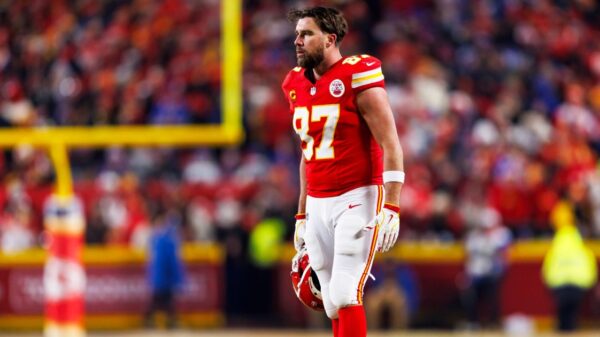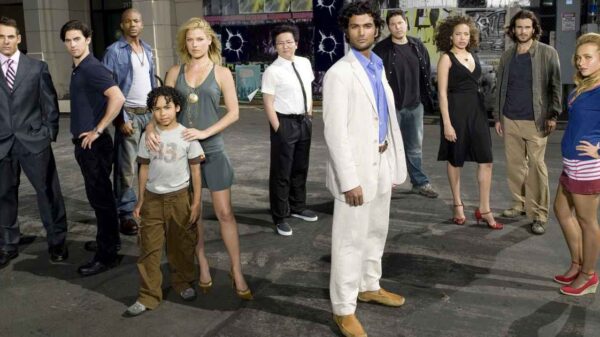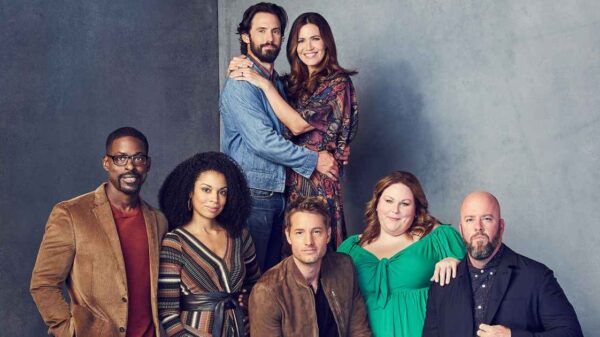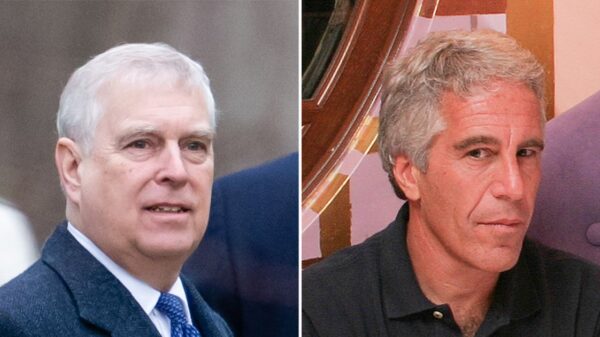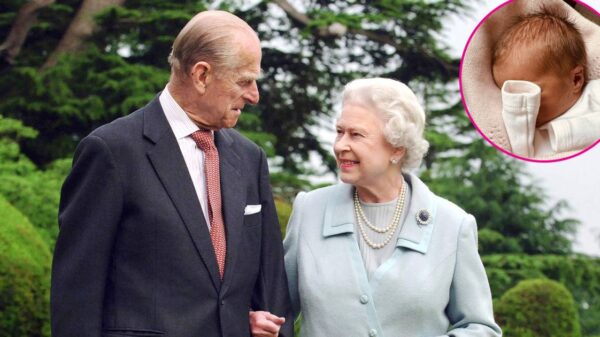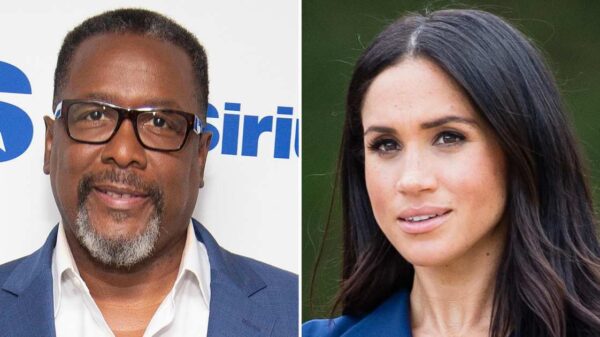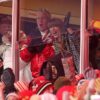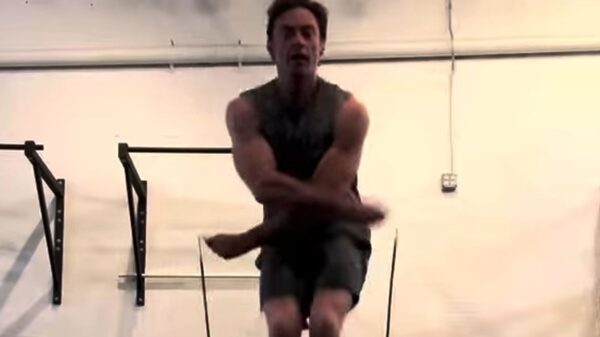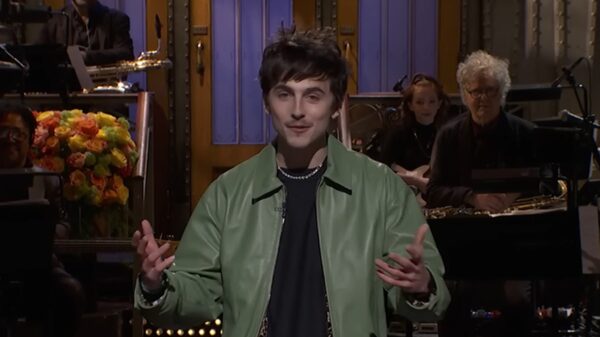Several aviation experts believe the pilot of the U.S. Army Black Hawk helicopter did not see the American Airlines passenger plane before the two collided on Wednesday, Jan. 29.
The crash claimed the lives of 64 people on board the commercial flight and three U.S. soldiers on the helicopter.
“I guarantee it was basically pilot error,” an active duty Army helicopter pilot, who did not want to be identified, tells PEOPLE.
The pilot, who is not on the team investigating the crash but has investigated other helicopter collisions in the past, explained: “The Black Hawk accepted responsibility for the separation of traffic. That means, they would monitor and address the flight paths themselves. The Black Hawk asked for ‘visual separation,’ meaning, ‘We got this.’ ”
“That took [the responsibility] off Air Traffic Control’s shoulders,” the pilot explained.
The pilot said that when this happens, the control tower leaves it up to the aircraft to decide how to proceed, “knowing you’ve got it.”
“When that happens, the tower is now consumed with whatever the priorities are — the next alligator closest to the canoe,” he added.
The pilot notes that the tower asked the Black Hawk helicopter if they saw the American Airlines aircraft, a PSA Airlines Bombardier CRJ700 regional jet nicknamed “RJ.” Though the pilot points out that the Black Hawk, a Sikorsky H-60 helicopter, did confirm it saw the passenger plane, he adds, “We believe they were looking at the wrong plane. They were not looking at the RJ.” (According to audio obtained by the Associated Press, an air traffic controller asked the helicopter if it had the landing plane in sight, later adding after no response: “PAT 25 pass behind the CRJ.”)
Laurie Garrow, a professor and director of the Air Transportation Lab at Georgia Tech, agrees.
“It does appear that [the Black Hawk pilot] thought he had sight on the aircraft, but there were multiple aircraft in the area. And it may be that he had sight on a different aircraft. So I don’t think he was aware that he was in the flight path of this American Eagles flight or maneuvered to avoid a different one,” she surmised.
Garrow described the airspace above D.C. as “lanes in the sky that you need to stay [in].”
“In DC, those lanes are very narrow because we have a lot of buildings that are close by the airport. So when you take off, you have to climb at a certain altitude or do some very quick turns to be able to avoid the tall buildings and also sensitive areas,” she explained. “You can’t fly over the White House, can’t fly over memorials and malls. So it’s very common that aircraft are going on the Potomac, but that probably also creates more congestion and things to manage, particularly if you’re mixing commercial and military operations.”
Never miss a story — sign up for PEOPLE’s free daily newsletter to stay up-to-date on the best of what PEOPLE has to offer, from celebrity news to compelling human interest stories.
Captain Mike Coffield, who has over 22,000 hours of experience, also explains to PEOPLE that it’s “difficult” to see the airspace clearly at night, especially with lights shining and planes taking off for departure.
Providing technical insights, Coffield adds, “The helicopter doesn’t carry what’s called TCAs, which is traffic resolution or conflict because helicopters — and especially military helicopters — fly next to each other all the time. It would be going off all the time.”
He says he’s “pretty confident” the two planes did not see each other before the collision, however, he states that the National Transportation Safety Board (NTSB) will ultimately determine what happened as it conducts debris and sonar analyses.
“[The NTSB] will be able to determine exactly where the helicopter hit the airplane. They’ll be able to determine the angle that hit the airplane just by doing the debris field sonar,” said Coffield, the CEO of KM Cargo.
He also agrees that the Black Hawk was “possibly” avoiding a different aircraft, instead of the American Airlines plane. He states that on “any night,” there may be up to 10 or more airplanes in a row near the Potomac River, where the collision occurred, so it’s possible the Black Hawk pilot believed the air traffic controller was referencing a different plane when asking if they had the aircraft in sight.
“You may not even be looking there because first of all, you wouldn’t anticipate it because seeing all those airplanes come up the river,” he explains.
“Everyone wants answers right now, and I don’t blame them,” the Army helicopter pilot tells PEOPLE. “This is a shocking and horrible event. But these things take time. you have to comb through every last detail. There will be a preliminary report in about 30 days and a more detailed report a year or more out.”
Expressing condolences for the families of the victims, the pilot adds, “I can’t imagine what it must be like for those families. It’s unfathomable. It should not have happened. But it did. It really did happen.”
Additional reporting from Susan Katz Keating.
Read the full article here














